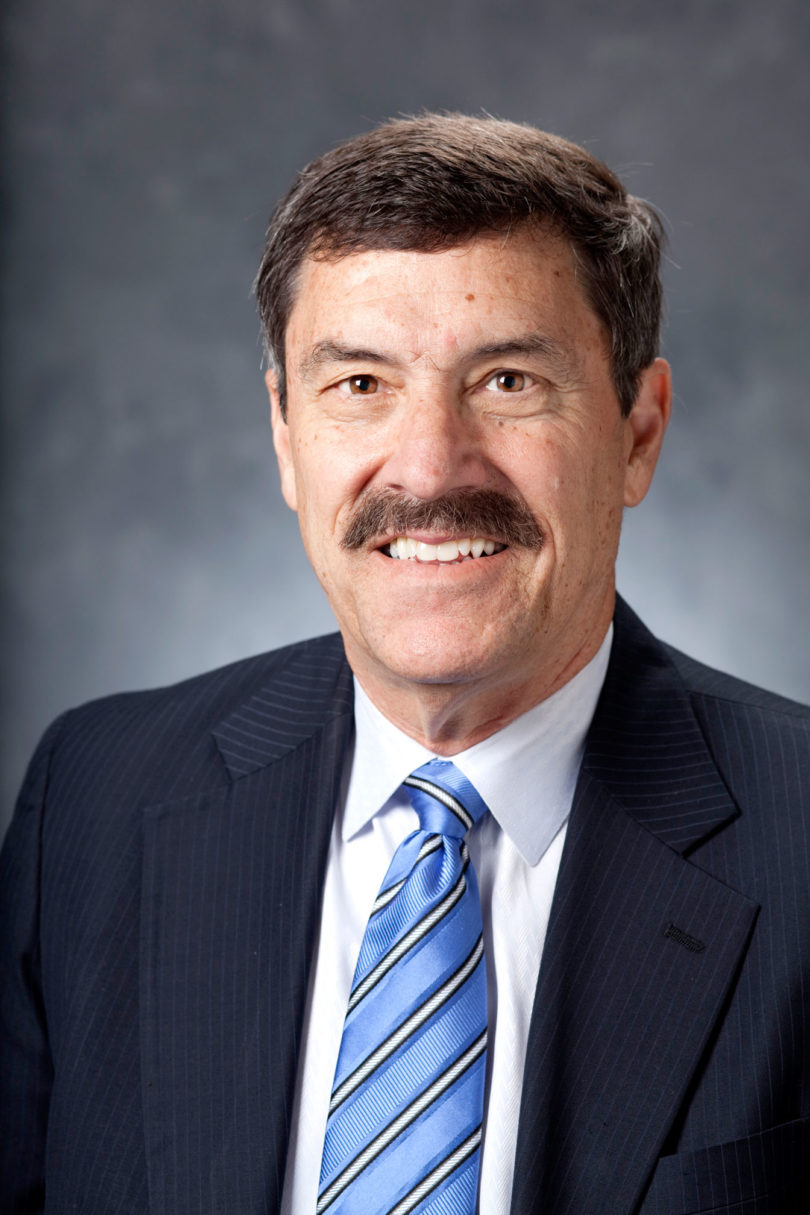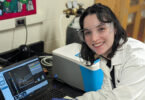Just one year after its accreditation was reaffirmed unconditionally and its Compliance Certification held up as a model for other institutions, the university is preparing for its first fifth-year interim report for the Southern
Association of Colleges and Schools Commission on Colleges.
The Fifth-Year Interim Report was instituted as a SACSCOC requirement in response to federal demands for greater accountability in higher education. UGA’s report is due in March 2017, but Associate Provost for Academic Planning Jerry Legge emphasized that now is the time to lay the groundwork for a successful review. He anticipates that SACSCOC requirements are likely to become more stringent with regard to quality, distance education and financial aid, among other areas, and has been sharing that message through several campus presentations.
“Our 2010-2011 accreditation cycle went so well that we now have to guard against a sense of complacency,” Legge said. “A positive outcome is critical to maintaining UGA’s good standing with SACSCOC.”
The fifth-year interim report consists of two main sections. The first is a certification of compliance with approximately 20 SACSCOC principles of accreditation, such as assessing learning outcomes for all degree and certificate programs, providing adequate policies and procedures for documenting written student complaints and providing policies and procedures for defining the credit hour.
The second section is an impact report on the university’s First-Year Odyssey Program, which was implemented as part of the SACSCOC-mandated quality enhancement plan during the last accreditation cycle.
Vice President for Instruction Laura Jolly, whose office is overseeing the impact report, said her staff is using data from sources such as the National Survey of Student Engagement, student end-of-term course evaluations and faculty evaluations to measure the effectiveness of the First-Year Odyssey Program in improving learning outcomes.
Since its launch in fall 2011, the program has enrolled more than 10,750 first-year students-which is 100 percent of all first-year students-for the past two academic years. Faculty representing each of the university’s schools and colleges have offered nearly 800 seminars to date.
“Student evaluations from the First-Year Odyssey Program have been overwhelmingly positive,” Jolly said. “Faculty also have indicated how much they appreciate the opportunity that the program provides to work closely with first-year students and to engage in meaningful dialogue with them, both in and out of the classroom.”
Legge acknowledged that a significant amount of work is required on the part of administrators and staff to compile the fifth-year interim report, but he also noted that the process presents several opportunities for the university. The report will serve as a foundation for the 2020-2021 SACSCOC reaffirmation process and help prepare the institution for an efficient decennial certification. Similarly, the impact report on the First-Year Odyssey Program can provide a valuable reference point for discussions related to the university’s next Quality Enhancement Plan.
More broadly, the report provides an impetus for the university to think more strategically about measuring student outcomes and using that data as a tool to evaluate and enhance instruction.
“The fifth-year interim report provides us with a very good opportunity to sharpen the university’s focus on assessment as we implement the 2020 Strategic Plan,” Legge said.








